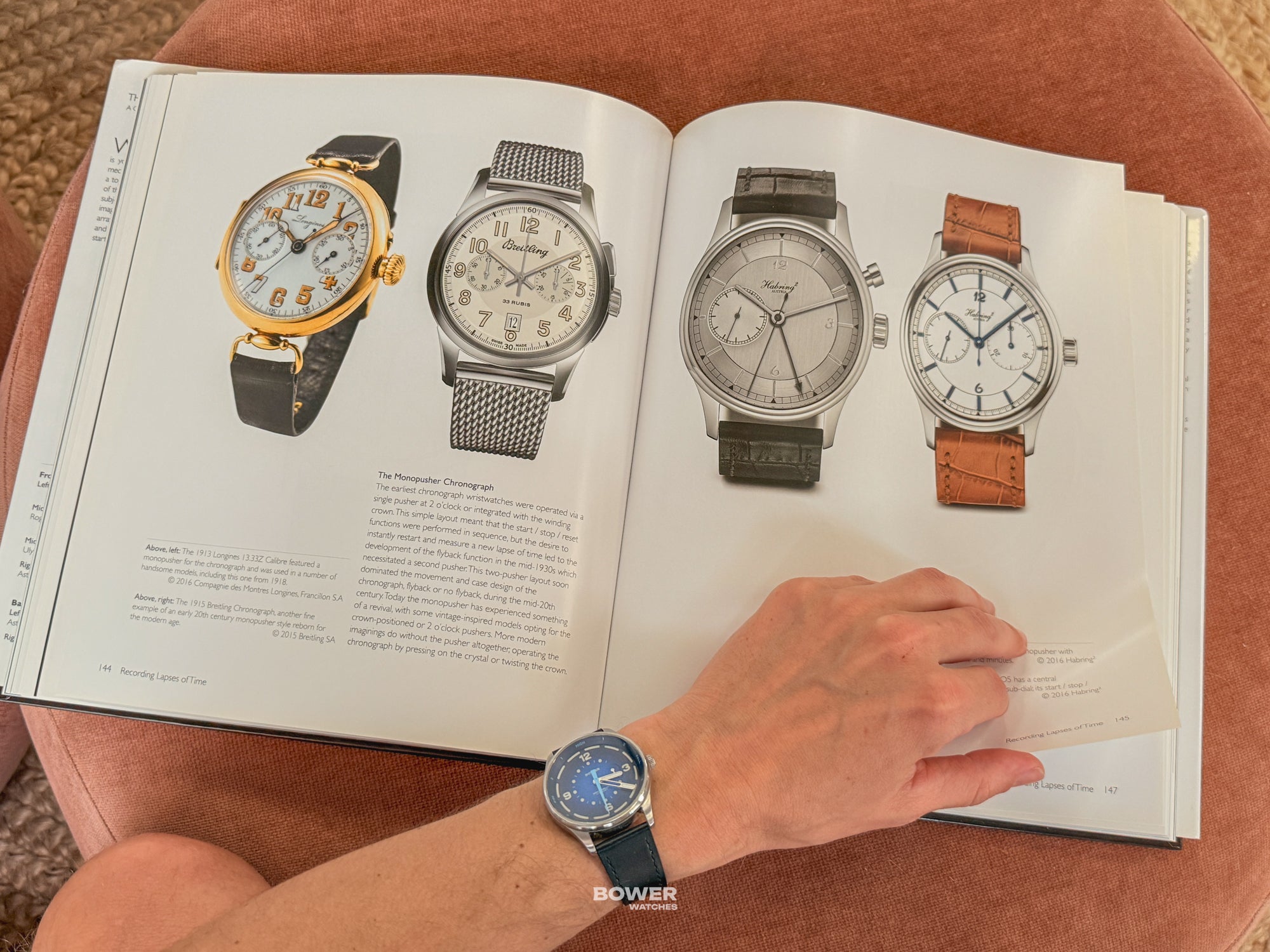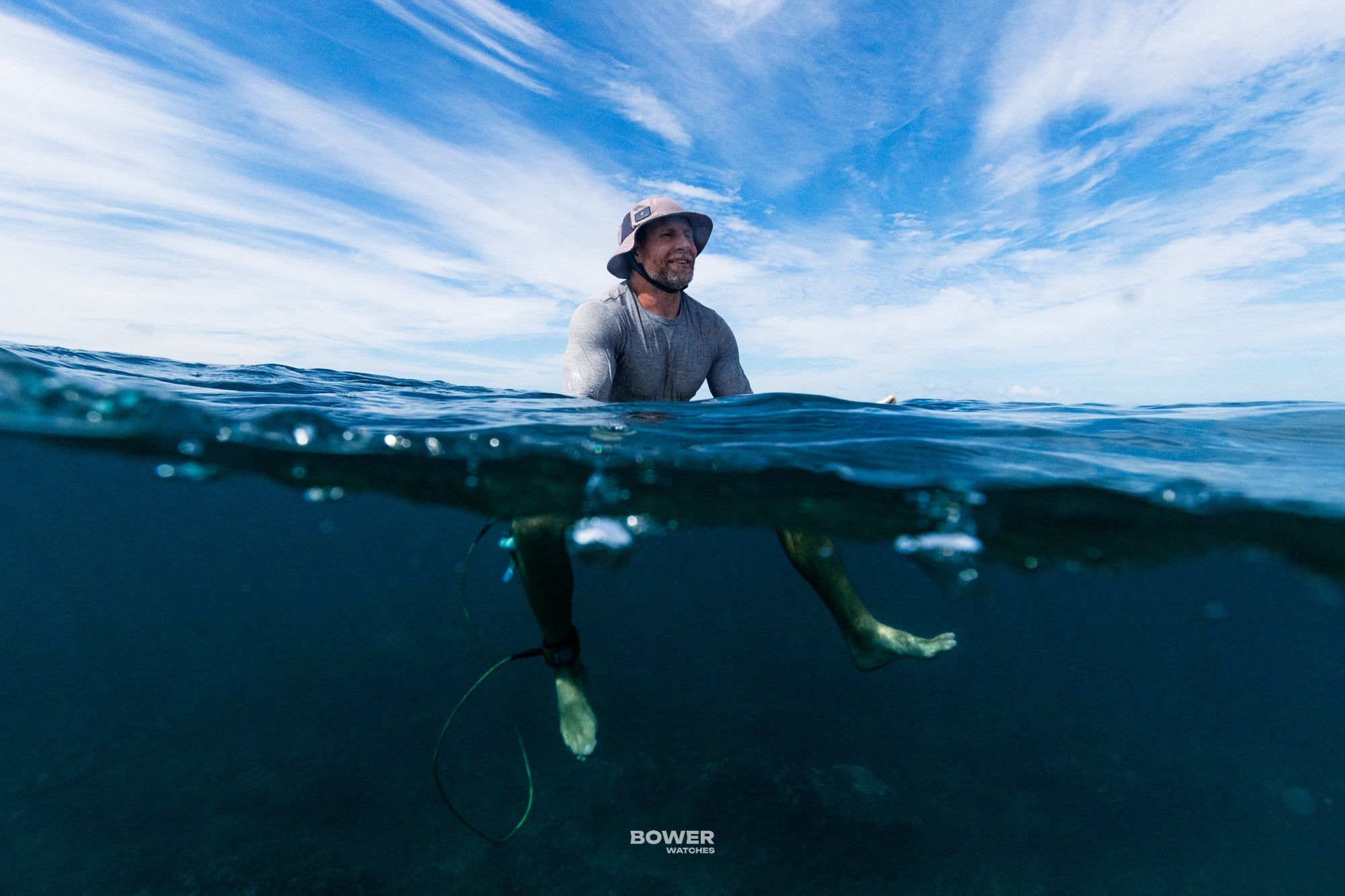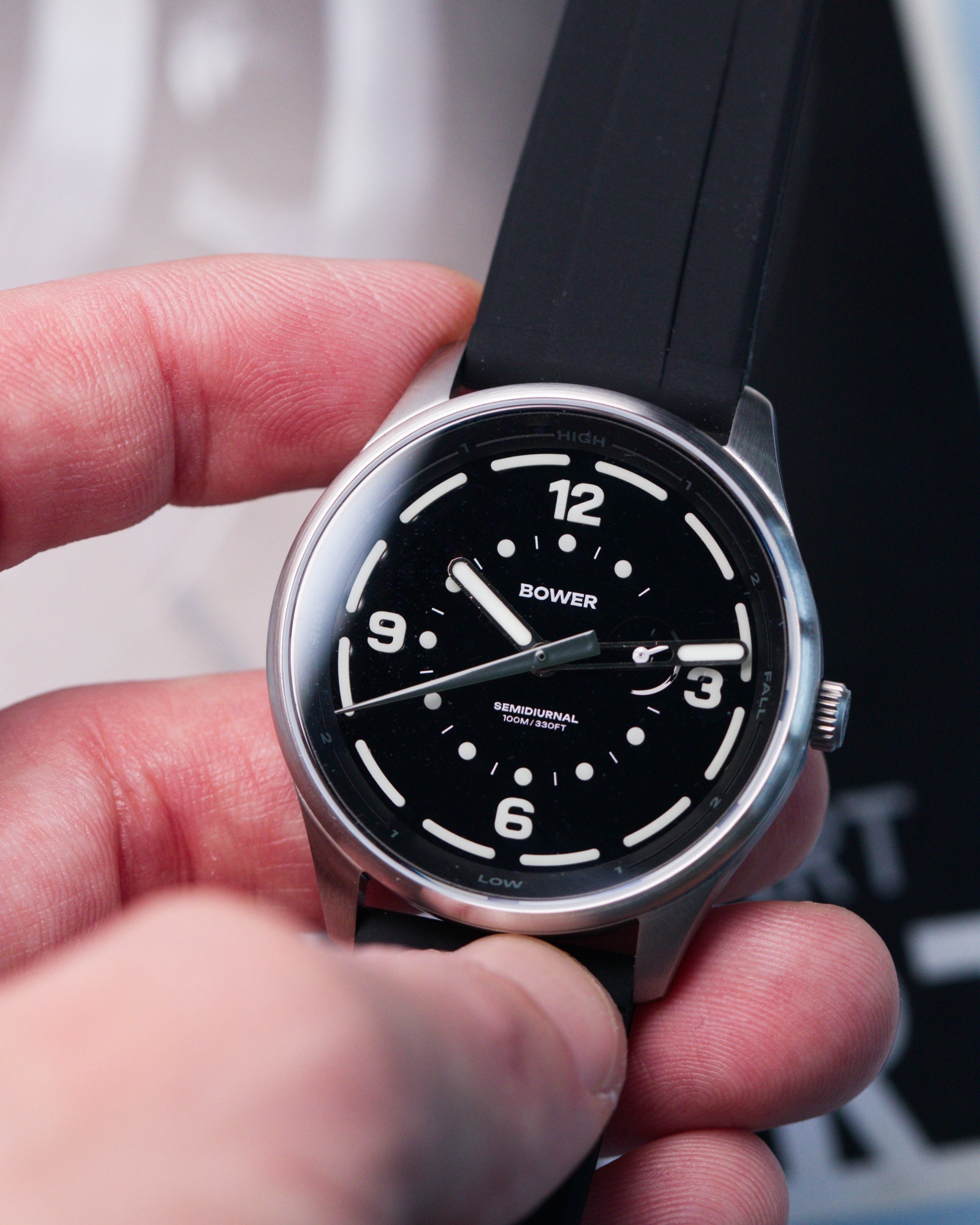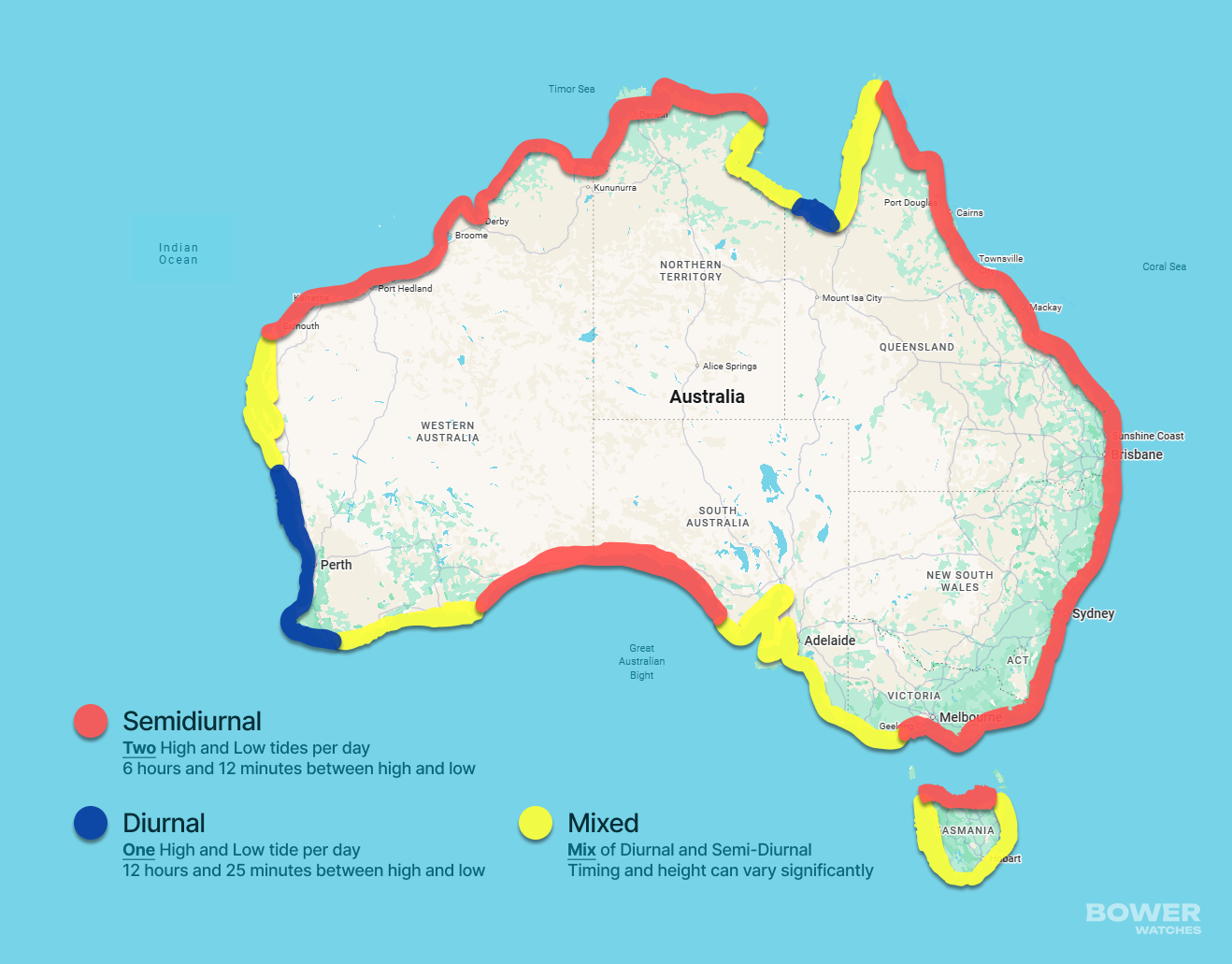Why Tides Matter
Whether you surf, sail, fish, or live close to the water, understanding the tides can shape your day.
Tides affect swell, current, safety, and the feel of the coast itself. But while apps are useful, there's something powerful about knowing how to read the tide with your eyes or the right tool on your wrist.
This guide breaks it down, whether you're checking a chart, reading the ocean directly, or wearing a Tide Seeker.
1. What Causes Tides?
Tides are driven by the moon's gravitational pull (and to a lesser extent, the sun). The ocean rises and falls regularly as Earth rotates, usually two high tides and two low tides every 24 hours and 50 minutes.
This daily rhythm shifts slightly each day, which is why high tide might hit at 6:40 a.m. one day and 7:30 a.m. the next.
2. How to Read a Tide Chart (the old-school way)
You can find tide charts online, in surf shops, in marinas or built into navigation tools.
Here's how to read one:
- High tide / Low tide times are shown for your location.
- Heights (in meters or feet) tell you how extreme the change is.
- Spring tides (biggest shifts) happen during full/new moons.
- Neap tides (smallest shifts) occur at half-moons.
Tip: Pay attention to both the timing and height; a high tide of 2.2m moves much more water than one at 1.4m.
3. How to Read the Ocean (no tools needed)
You don't always need a chart. The ocean shows you everything if you know where to look:
- Wet sand lines: Look for darker bands on the beach — they show where the last high tide reached.
- Exposed rocks: If normally submerged rocks or reefs are dry, the tide is likely dropping.
- Water speed: If the current or swell pulls away from the shore, the tide may be ebbing (falling).
- Floating debris: Objects drifting toward the shore suggest a rising tide.
It takes practice, but it's worth learning, and the ocean has a way of teaching you fast.
4. How the Bower Tide Seeker Helps
If you don't want to check your phone every hour or squint at charts, that's where a mechanical tide indicator comes in.
The Tide Seeker uses a recessed pusher to set the tide manually. It then keeps time based on the moon's 12-hour, 25-minute rhythm of rising and falling like the sea. One glance tells you where the tide is and where it's headed.
Final Thought
Reading the tide is about more than planning your session, it's about syncing your day with something older than us all.
Whether using your eyes, a paper chart, or a tide watch, you're joining a long line of people who live by the ocean's rhythm.
And that's something we're proud to design for.




